- 1. Competitive Wages
- 2. Offer Meaningful Benefits
- 3. Engage Through One-on-One Meetings
- 4. Identify Top Performers
- 5. Make Remote Work Seamless and Effective
- 6. Use Objectives and Key Results (OKR)
- 7. Create an Engaging Employer Brand
- 8. Implement the Right Tools
- 9. Build a Thriving Workplace Culture
- 10. Create an Useful Onboarding Process


 Cut onboarding time
by 60%—here's the
Ultimate Checklist
that helped do it.
Cut onboarding time
by 60%—here's the
Ultimate Checklist
that helped do it.

Employee retention is a critical aspect of organizational success. Whether you’re in charge of in-house team members or managing a remote workforce, or a mix of the two, retaining that talent over the long term should be your top priority.
Implementing a robust talent retention strategy is much more cost-effective than talent acquisition, but money is just one piece of the puzzle. Investing in employee engagement, empowerment, and happiness builds powerful workplace cultures and an employee collective with a single goal. That goal is to drive your business forward, which you can’t hope to achieve with high employee turnover.
Nowadays, employee retention rates depend on a variety of factors, including company culture, overall job satisfaction, work environment, and more. As a good business leader, you also need to help your employees feel more at ease with proper guidance and one-on-one calls, but also by giving them the right retention tools for the job.
Here’s what you need to do to retain talent and build a successful retention strategy:
1. Competitive Wages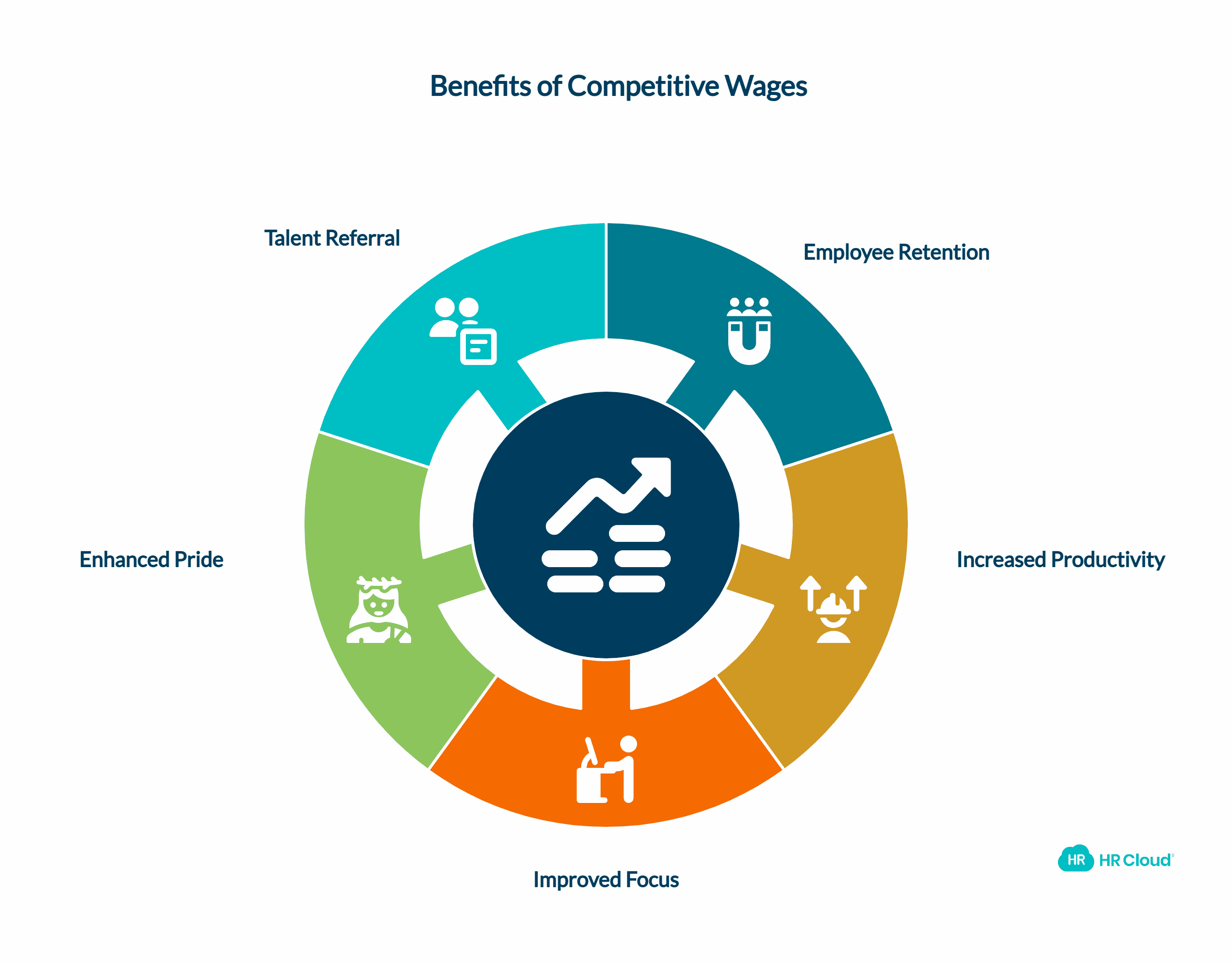
While having a higher pay rate on day one will bring in some interested employees, your company could also see many other benefits by offering a higher pay rate to your current employees.
If you are paying employees more, they won’t leave because they know that your competitor is paying less. Once your employees realize that they are getting this great benefit, they are bound to have more pride in their organization, and they will refer their highly qualified friends.
In addition to wanting to stick around, your employees will also likely perform better when they are making more money. After all, they know that if they want to continue making the same great salary, they need to perform well so they are not replaced.
Employees who are not paid well are often distracted at work as they worry about how they will make ends meet and pay for what they need to support their families. If you make it a point to pay your workers a fair wage, they will be less worried about home and more focused on delivering high-quality work at the office.
Once you realize how pay raises could help your company to retain your top talent and improve your profits, it is time to write up the details about how much you plan to increase the pay and when.
Larger businesses may be able to reach into their expense fund and easily find the money they need to increase employee pay without sacrificing their operations. However, small business owners may be scratching their heads as to where they can find the funds to pay people more in the first place.
One way to find more money is to cut down on unnecessary expenses. For instance, do you need a cleaning service to come in every day, or can you settle for a couple of times a week?
You could also take a closer look at your vendors and determine if you are paying too much for what they offer and if you can find an alternative. If this is the only vendor that will suit your needs and you have been in business for a long time, you could also try to renegotiate their costs and save money that way.
If your HR team and company management are stumped on how to find more money for pay raises, it may be time to bring in an outside expert. A financial advisor or Certified Public Accountant (CPA) can sift through your corporate finances and determine where you can cut funds or find money while ensuring that your company will continue to run smoothly.
2. Offer Meaningful Benefits
Even if you try to move money around, your organization may simply not have the funds to pay your employees a regular pay raise that they will see on their paycheck. However, your HR team can look at alternative benefits that you can offer today that will save the employees money in the long run, so it’s like they’re getting that money indirectly.
For instance, many employees pay a lot for health insurance, especially if they have large families, and the cost can be so great that their paychecks are lower because of it. To aid in this regard, your company could set up an employee wellness program where employees are encouraged to live a healthy lifestyle, and in exchange for showing positive results, employees could save money on their monthly insurance premiums. This focus on employee well-being can significantly boost employee satisfaction and loyalty, ultimately improving retention rates.
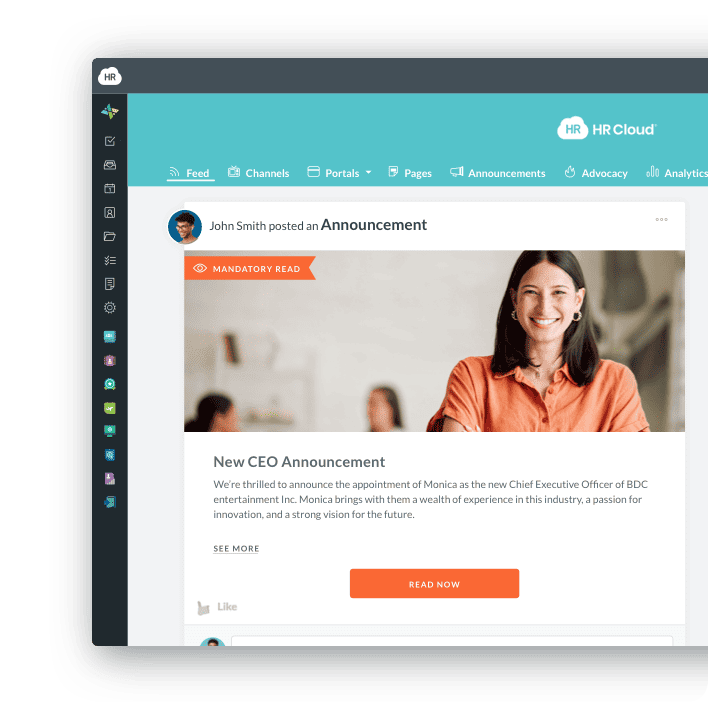
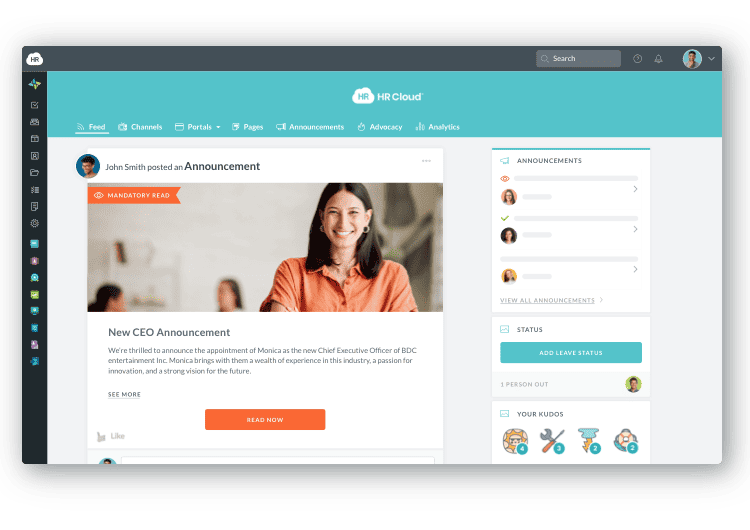
3. Engage Through One-on-One Meetings
Nobody likes a meeting that could have been an email. But that doesn’t mean that employees don’t want a little more one-on-one time with the higher-ups.
Too many companies spend too much time on group meetings when they should be figuring out ways to better engage individual team members. Spend more time in face-to-face conversations, asking meaningful and personalized questions, and focusing on the individual.
Now’s the time for good leadership to kick in and for you to engage your employees in a meaningful conversation online or in person. Take a genuine interest in their well-being, talk about their goals and aspirations, and remind them that the company has their back. Implement regular performance reviews and create feedback loops to ensure continuous improvement and employee growth. Encouraging employee feedback not only helps in addressing concerns but also makes employees feel valued and heard.
4. Identify Top Performers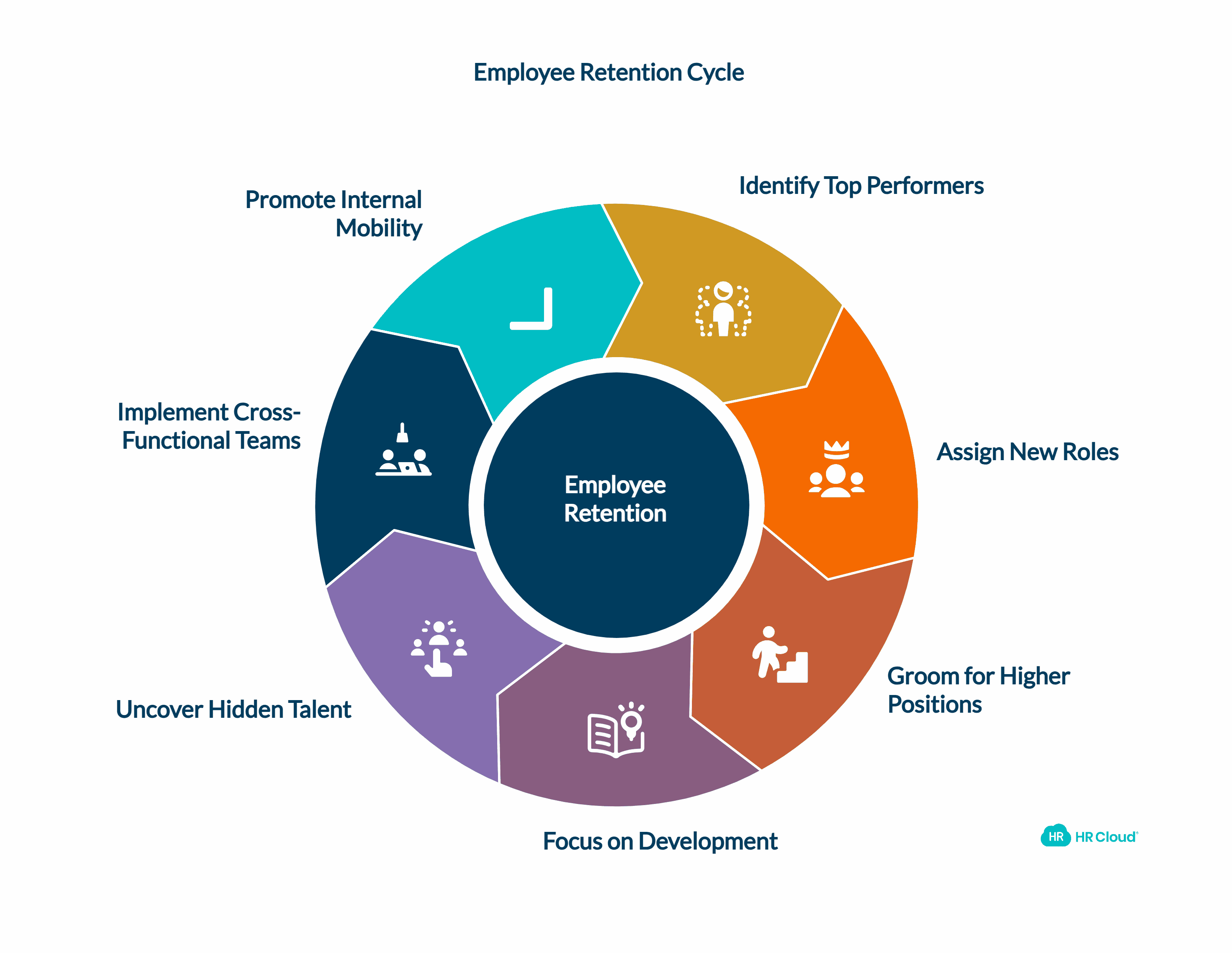
There’s a top performer in every department and every team in your business. Identifying who these people are is crucial when you’re developing your employee retention strategies, as you can use them to take your other team members forward and improve overall team dynamics.
Once you find top-performing individuals, this is your opportunity to assign new team leads, start grooming a top performer for a higher position, and focus on their professional development. This process will also help you uncover hidden talent, allowing you to retain employees over the long term. Consider implementing cross-functional teams to enhance collaboration and skill sharing across departments. Promoting internal mobility can also be a powerful retention tool, as it shows employees that there are growth opportunities within the organization.
5. Make Remote Work Seamless and Effective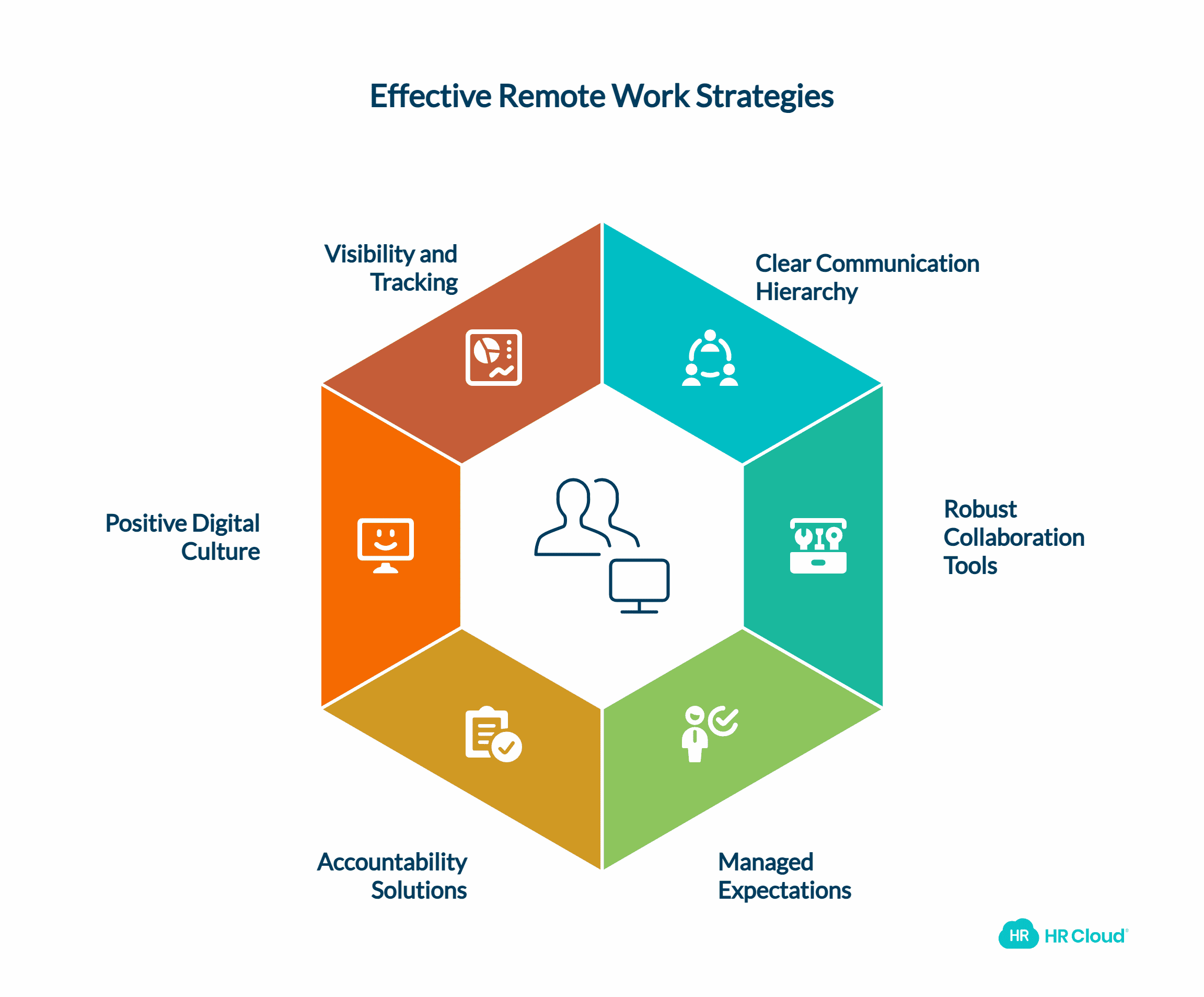
Not only can working from home reduce the chances of employees spreading sickness, but it also saves employers and employees money that they could use for other expenses.
Some HR departments may be hesitant about the idea of turning into a remote or hybrid work environment because they believe that employees won’t be as engaged when they work alone or that they won’t be able to communicate as freely as they do at the office.
However, the ability to work at any time and complete tasks without distractions has actually increased productivity since 2020. That means that your company could be paying your employees more and seeing a boost to your profits. Offering flexible schedules and promoting work-life integration can significantly improve employee satisfaction and retention.
As for communication, there are many ways to meet and speak with coworkers from the comfort of your home. Zoom and other virtual meeting programs have allowed many businesses to have their regular meetings without missing a beat. There are also online whiteboards available that allow everyone on the team to contribute their ideas and mark off completed tasks in real time.
Whether you’re working with flexi-commuters or digital nomads scattered across the globe, you need to:
-
Set up a clear communication hierarchy.
-
Provide robust communication and collaboration tools.
-
Manage expectations for every team and employee.
-
Ensure accountability through an employee management solution.
-
Nurture a positive workplace culture in the digital space.
-
Ensure top-down visibility and real-time project tracking for all participants.
6. Use Objectives and Key Results (OKR).png?width=2304&height=1773&name=Use%20Objectives%20and%20Key%20Results%20(OKR).png)
You heard of KPIs, but have you heard about the objectives and key results model? An OKR is a specific goal or objective that’s supported by three to five key results. They allow an organization to achieve tangible and specific results while focusing on company culture, employee recognition, and job satisfaction.
You can have organizational, team, and individual OKRs. You can use them to reduce employee turnover (organizational), increase employee experience (team OKR), and boost career growth and skill development (individual OKR). The possibilities are endless, and this approach can significantly contribute to your overall talent retention strategy. By aligning individual performance goals with organizational objectives, employees gain a clearer sense of purpose and direction in their roles.
7. Create an Engaging Employer Brand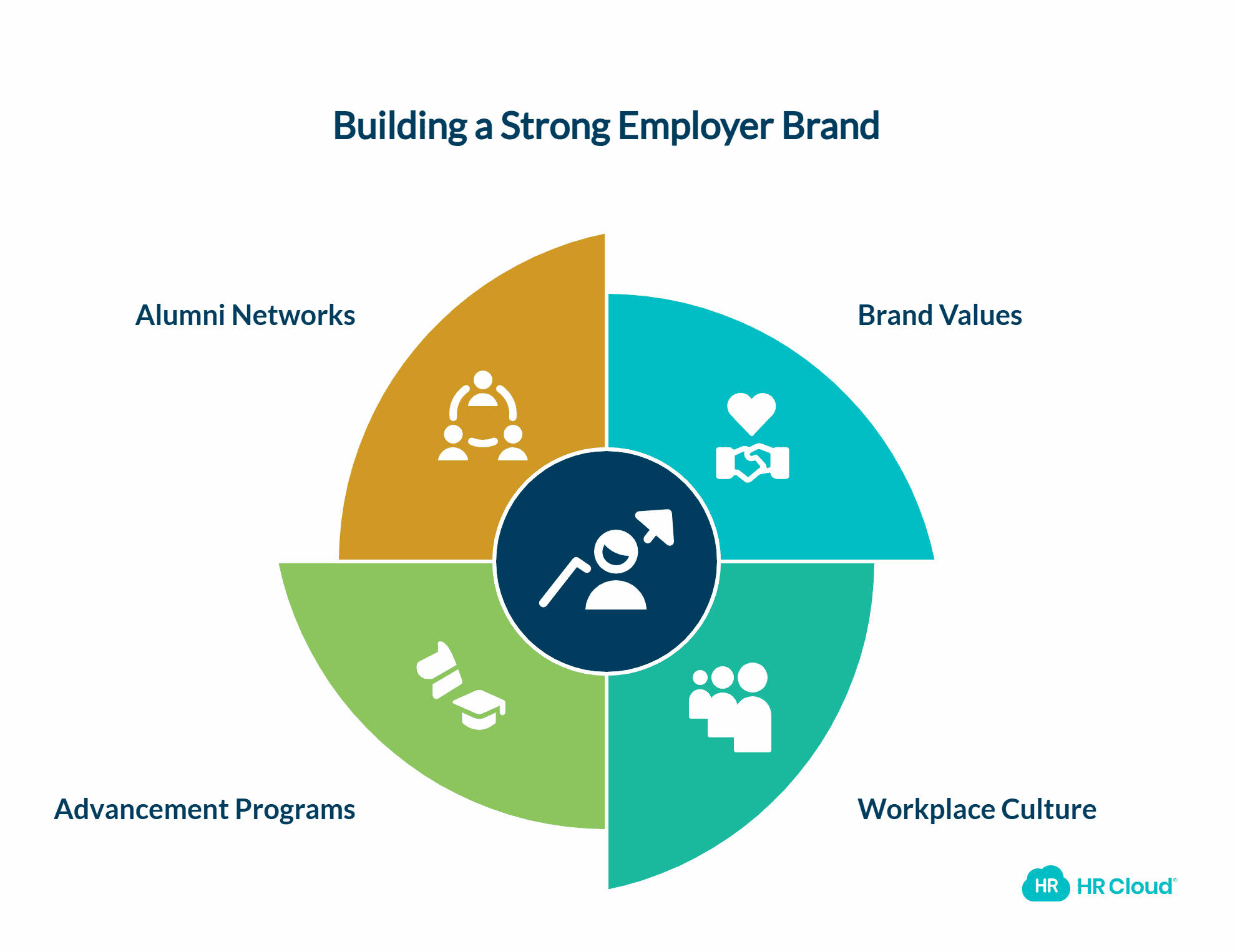
Millennial and Gen Z workers aren’t just in it for the money. Yes, money is a big factor, but if you want to retain employees, especially the top talent, you need to think beyond financial compensation.
For one, if your employees feel like they’re stuck in a dead-end job or if they don’t feel like a part of your brand, you can expect to lose them. That’s why it’s so important to establish brand values along with a workplace culture that defines a powerful employer brand and a compelling employer value proposition.
A big part of your employer brand should be to help your employees grow by offering robust advancement programs. Workshops, seminars, education, and training opportunities, all of this should help the individual feel recognized and respected, but also to prepare them for bigger and better things down the road. This focus on continuous learning and career advancement can significantly boost employee loyalty and reduce recruitment costs.
Consider establishing alumni networks for former employees. These networks can serve as a valuable resource for current employees, providing mentorship opportunities and showcasing potential career paths within the organization.
8. Implement the Right Tools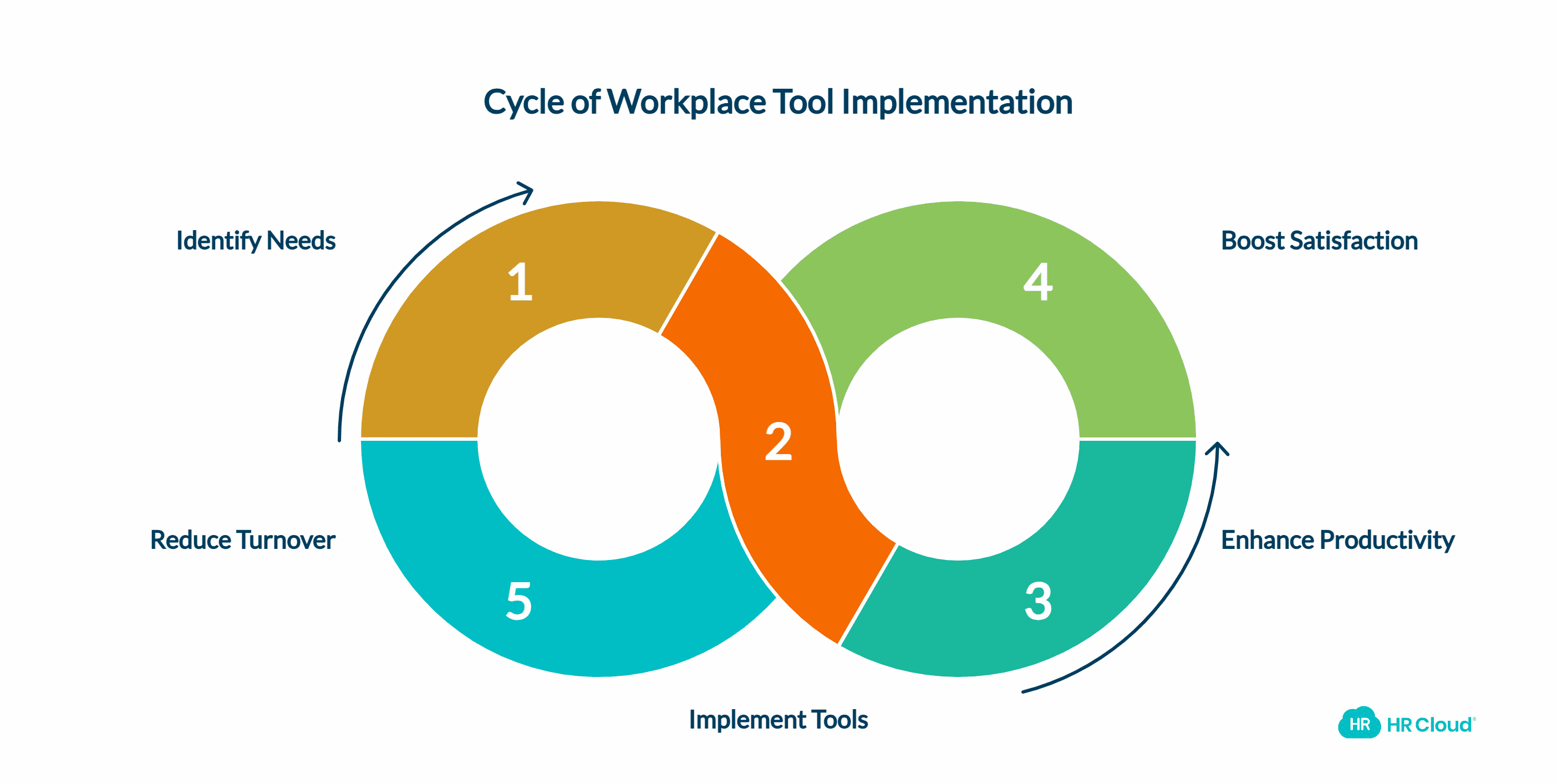
When stress is high at work, job satisfaction starts to dip and employee turnover starts to rise. One of the biggest drivers of stress in the workplace (especially remotely) is not having access to the right tools.
Your sales team can’t generate qualified leads without the right sales funnel, email finder tools, or LinkedIn scraper, and your marketers can’t nurture those leads without a robust enterprise CRM. And what about seamless project collaboration and communication?
Your remote and in-house team members need the right tools to collaborate and exchange information in real time, and they need department-specific tools to make their jobs easier and more efficient. Implementing effective employee engagement platforms can significantly enhance internal communications and overall workplace satisfaction.
9. Build a Thriving Workplace Culture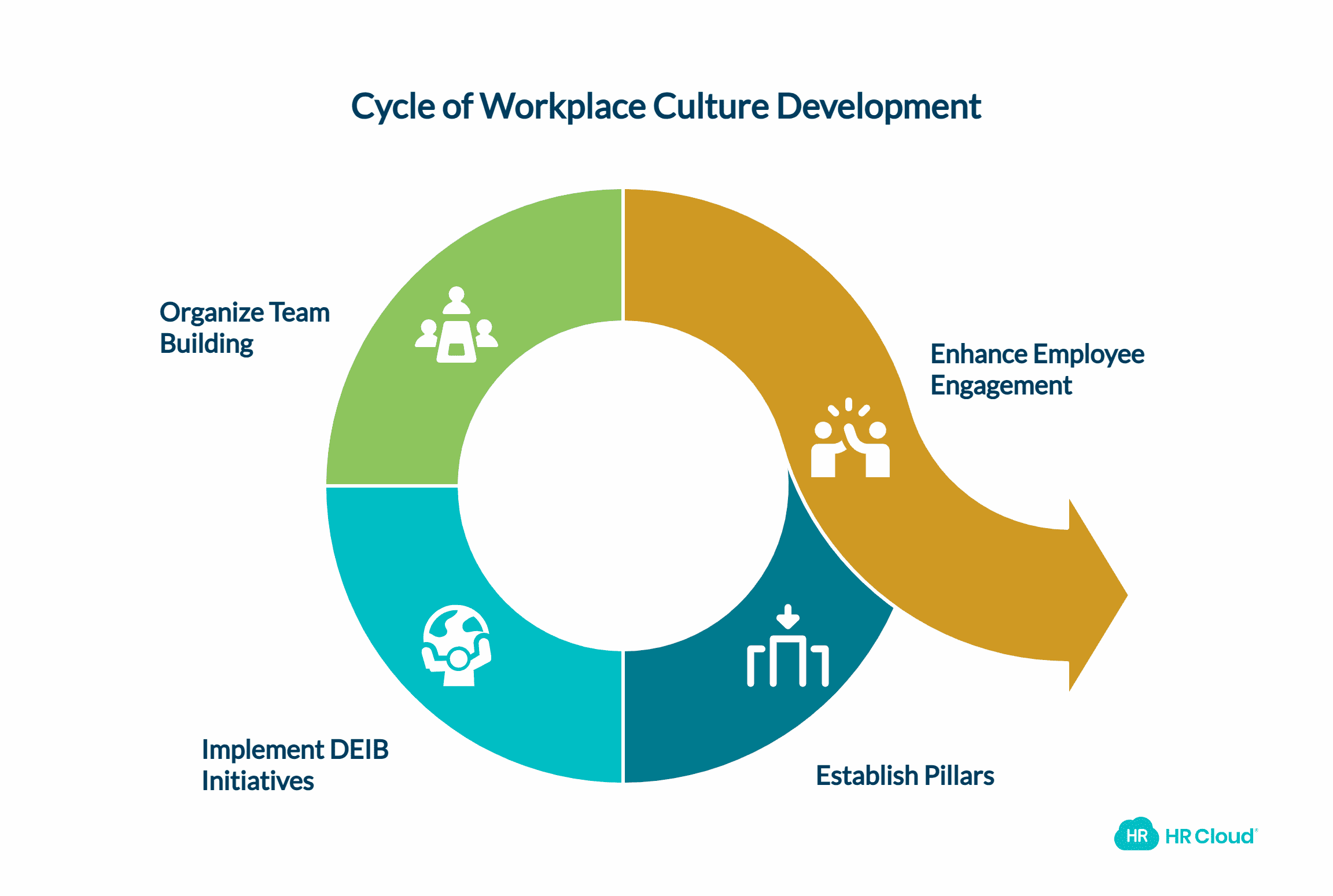
Without a doubt, company culture is essential for your long-term success, especially if you’re looking to retain employees. To build a thriving culture that will engage your employees and elevate happiness in the workplace, you need to set the right pillars.
The pillars of a positive workplace culture include:
-
Honesty
-
Transparency
-
Equality
-
Trust
-
Co-dependence
-
Collaboration
-
Accountability
Focus on building up these pillars to create a strong employee collective and keep the best of the best at your side. Additionally, implement DEIB initiatives (Diversity, Equity, Inclusion, and Belonging) to foster an inclusive culture that values all employees. Organizing regular team-building activities can also help strengthen relationships and improve collaboration among team members.
10. Create a Useful Onboarding Process
Finally, keep in mind that every new employee has the potential to become a top performer — but only with your continued support and guidance. Your job is to welcome and onboard new employees effectively in order to empower them but also bring their talents to light.
You can do this by familiarizing them with your brand’s values, personalizing their welcome package, and pairing them with a veteran employee (“buddy”). That said, you as the leader also need to show genuine interest in the newcomer to show them that they’re a valued member of the team. A positive candidate experience can set the tone for long-term employee satisfaction and loyalty.
An effective onboarding process, as facilitated by tools like HR Cloud, can make the integration of new employees seamless and set them up for success from day one. Consider implementing coaching programs as part of the onboarding process to provide new hires with guidance and support from experienced team members.
By implementing these strategies and focusing on creating a positive workplace environment, you can significantly improve your talent retention, reduce turnover, and build a strong, committed workforce that drives your business forward.
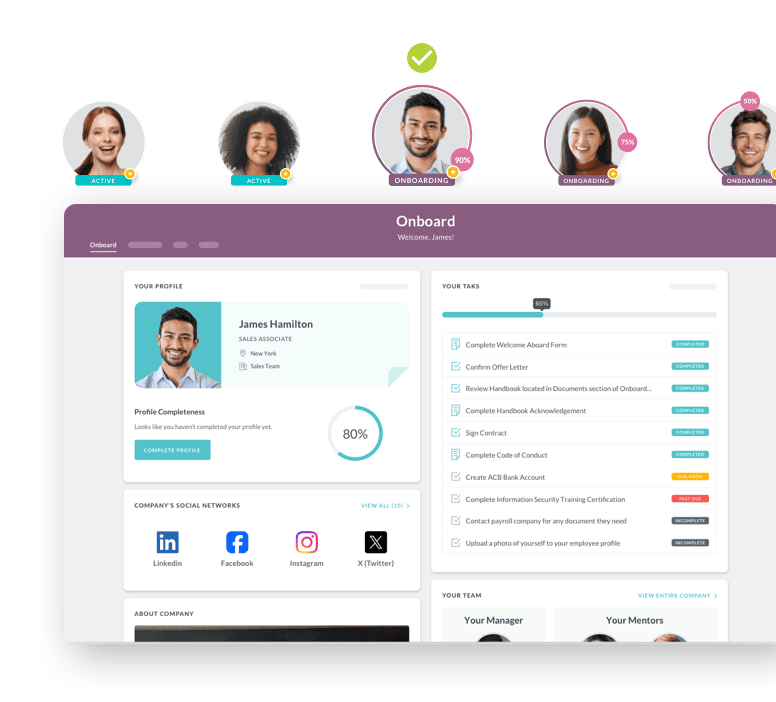
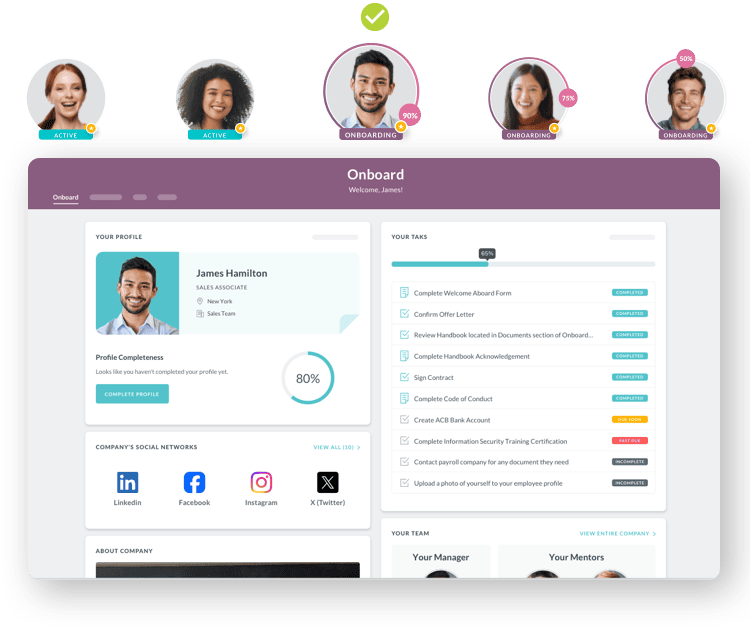
FAQ's
1. What are the most effective employee retention strategies in 2025?
Ans: Employees today expect more than just a paycheck. In 2025, the most effective retention strategies include flexible work arrangements, personalized career development paths, transparent communication, and well-being initiatives.
2. How can company culture improve employee retention?
Ans: A strong company culture—built on trust, recognition, and shared values—helps employees feel connected to the organization. This sense of belonging significantly lowers the risk of turnover, especially in hybrid and remote setups.
3. What role do benefits play in retaining employees?
Ans: Non-monetary benefits like mental health support, learning stipends, wellness programs, and family-friendly policies are now critical. These perks help reduce stress and increase job satisfaction, which improves retention.
4. How do one-on-one meetings help reduce employee turnover?
Ans: Consistent one-on-one meetings foster trust and psychological safety. Employees who feel heard and supported are more likely to stay, grow, and refer others to the company.
5. What tools and technologies support long-term employee retention?
Ans: Retention-focused companies use tools like performance management software, internal communication platforms, onboarding automation, and OKR tracking systems to empower and engage their workforce consistently.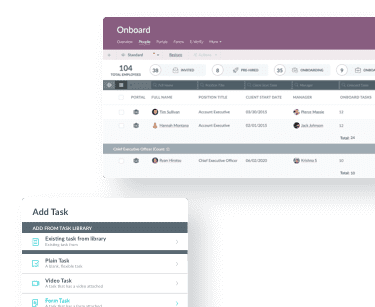
Author Bio:
This article is written by our marketing team at HR Cloud. HR Cloud is a leading provider of HR solutions, including recruiting, onboarding, employee engagement, and intranet software. Our aim is to help your company improve employee engagement, employee productivity, and to save you valuable time!
Keep Reading
BambooHR vs HR Cloud: Which HRIS Actually Scales for Growing Companies?
TL;DR: BambooHR's apparent simplicity becomes a major limitation as companies scale past
The Hidden Metrics of Frontline Success: Beyond Engagement Scores
"What gets measured gets managed, but what gets measured well gets transformed." — Peter
Embracing Diversity: Recognizing Different Cultures in the Workplace
Workplaces today reflect the incredible diversity of the world around us. People bring
Like What You Hear?
We'd love to chat with you more about how HR Cloud® can support your business's HR needs. Book Your Free Demo

Build a Culture of Recognition. Boost Engagement. Guaranteed.
Workmates empowers employees to stay informed, connected, and appreciated—whether they’re on the front line, in the office, or remote. Recognition drives 12x higher engagement.Trusted by industry leaders in every sector




Cut Onboarding Costs by 60%.
Take the confusion and follow-ups out of onboarding with automated workflows, digital forms, and structured portals—so new hires ramp faster 3X quicker.Trusted by industry leaders in every sector




.png)
